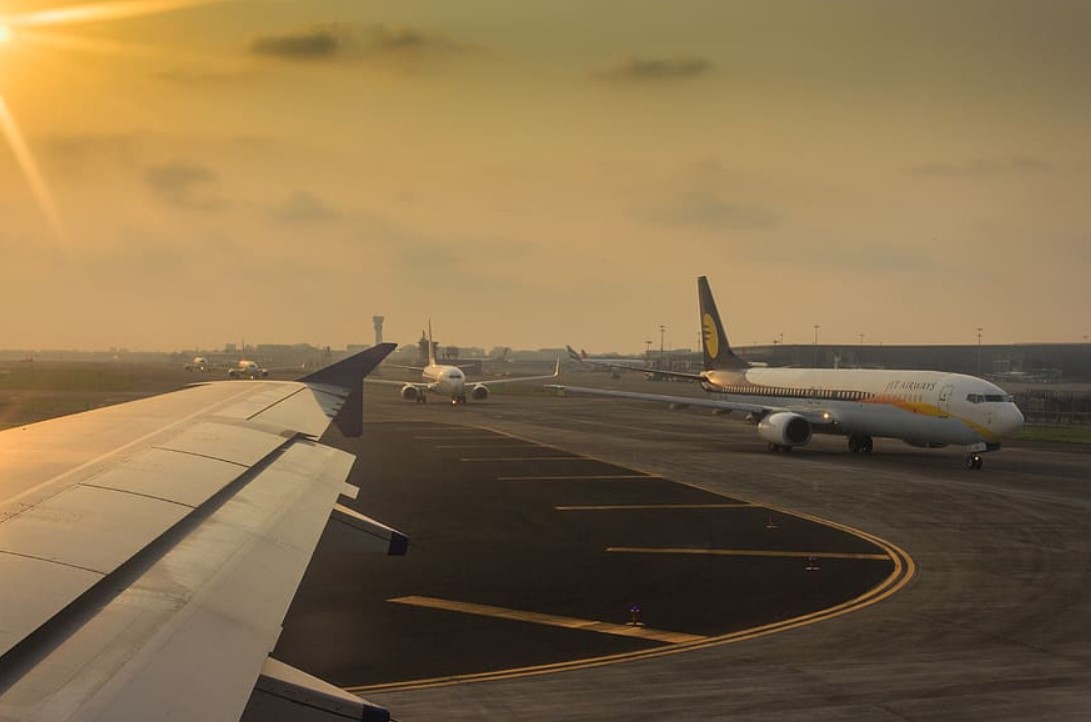Mumbai, the financial capital of India, is set to get a new airport in Navi Mumbai, which will ease the congestion and enhance the connectivity of the city. The Navi Mumbai International Airport (NMIA) is expected to be operational by 2024 and will have a capacity of 90 million passengers per year by 2032.

Why Mumbai Needs a New Airport?
Mumbai is one of the busiest and most populous cities in the world, with a population of over 20 million. The city is also a major hub for trade, commerce, tourism and entertainment. However, the city’s only airport, the Chhatrapati Shivaji Maharaj International Airport (CSMIA), is unable to cope with the growing demand for air travel.
CSMIA is the second busiest airport in India and the 14th busiest in the world, handling over 50 million passengers per year. The airport is operating at its maximum capacity and has no scope for further expansion. The airport also faces issues such as congestion, delays, noise pollution and environmental concerns.
To address these challenges, the government of Maharashtra decided to build a new airport in Navi Mumbai, which is a planned city across the harbour from Mumbai. The new airport will not only cater to the increasing demand for air travel, but also boost the development of Navi Mumbai and the surrounding regions.
What are the Features of the New Airport?
The NMIA is being developed by the Navi Mumbai International Airport Limited (NMIAL), a joint venture between the GVK Group, which operates the CSMIA, and the City and Industrial Development Corporation (CIDCO), which is the planning authority for Navi Mumbai. The airport is being built on 1,160 hectares of land, at a cost of Rs 16,700 crore.
The NMIA will have two parallel runways, each 3.7 km long and 60 m wide, which will enable simultaneous landing and take-off of aircraft. The airport will also have four passenger terminals, with a total area of 2.5 million square metres. The airport will have state-of-the-art facilities and technologies, such as:
- Automated baggage handling system
- Advanced security and surveillance system
- Solar power and green electricity
- Electric vehicles and e-charging stations
- Rainwater harvesting and sewage treatment
The NMIA will also have a unique design, inspired by the lotus, which is the national flower of India. The airport will have a lotus-shaped terminal building, with petals that open up to the sky. The airport will also have a lotus-shaped control tower, which will be the tallest in India, at 100 m.
How will the New Airport Benefit Mumbai and Beyond?
The NMIA will have a significant impact on the economy, tourism, infrastructure and environment of Mumbai and the surrounding regions. Some of the benefits of the new airport are:
- The NMIA will create over 4 lakh direct and indirect jobs, and generate over Rs 22,000 crore in revenue per year.
- The NMIA will increase the air connectivity of Mumbai, and offer more domestic and international destinations for travellers.
- The NMIA will reduce the congestion and pollution at the CSMIA, and improve the passenger experience and safety.
- The NMIA will spur the development of Navi Mumbai and the nearby areas, such as Raigad, Thane and Pune, and create new opportunities for business, trade, education and entertainment.
- The NMIA will promote green growth and sustainability, and reduce the carbon footprint of the aviation sector.
The NMIA is a visionary project that will transform the aviation landscape of India and the world. The airport will be a new gateway to the city of dreams, and a symbol of India’s progress and potential.








